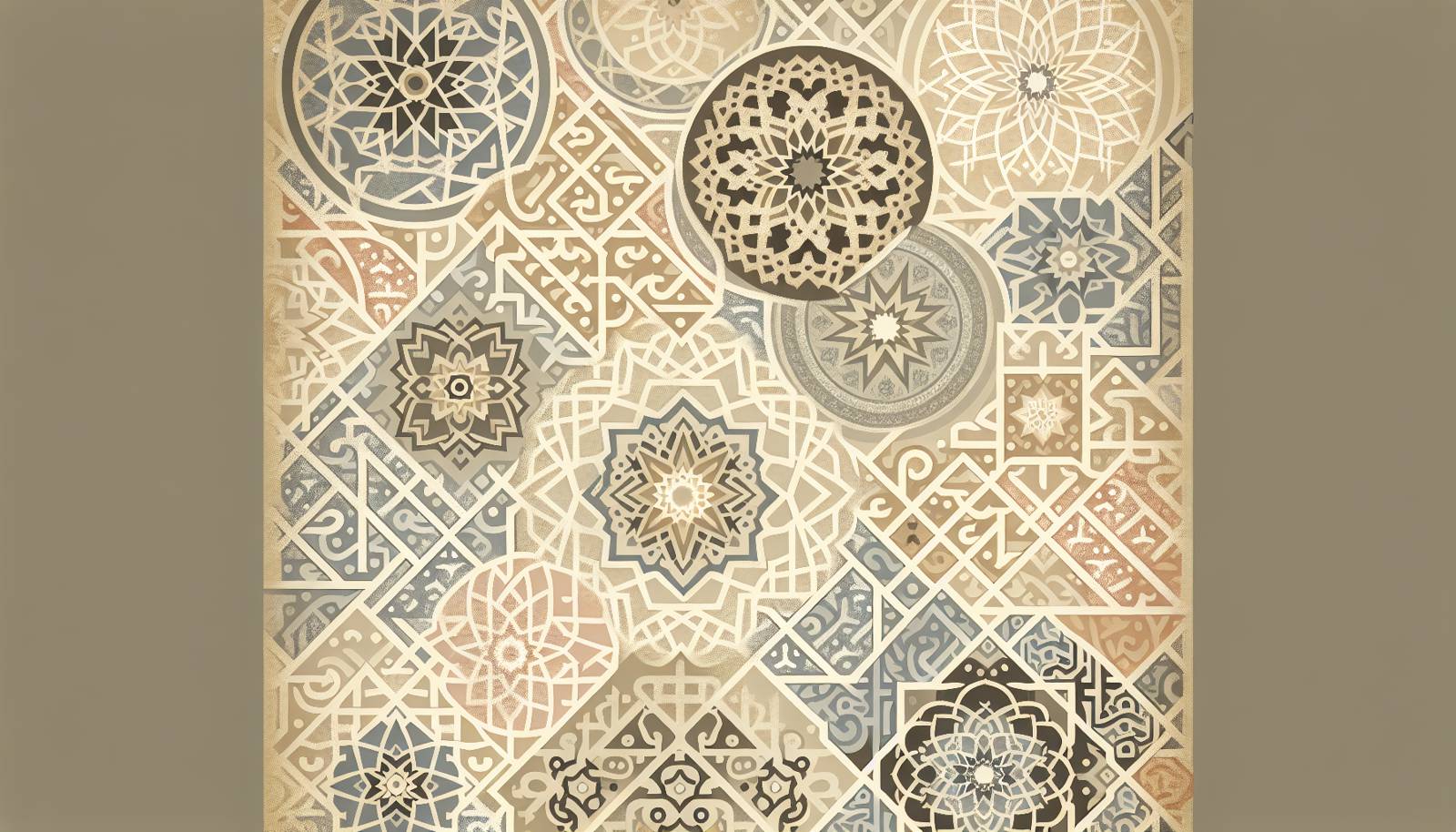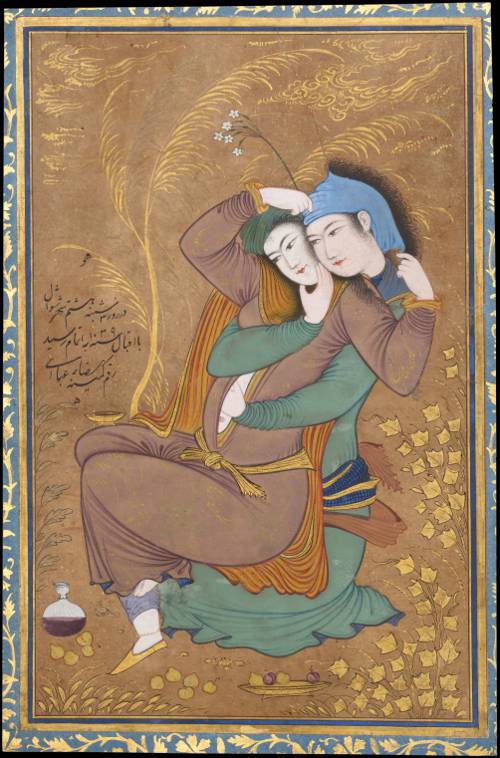
FAQ About The Influence of Islamic Art on Global Aesthetics

What is Islamic art and how is it defined?
Islamic art encompasses a wide range of visual arts produced in the lands historically ruled by culturally Islamic populations. It is characterized by its intricate patterns, calligraphy, and the use of geometry as a dominant decorative motif. Unlike religious art in other cultures, Islamic art is less focused on the depiction of figures and more on aniconism, with extensive use of arabesques and tessellations.

How have Islamic architectural principles influenced modern buildings?
Islamic architectural principles, such as the emphasis on geometric designs, symmetry, and the use of courtyards, have found resonance in modern architecture. Many contemporary architects have integrated elements like vaults, domes, and expansive decorative surfaces inspired by Islamic architecture to create environments that are both functional and aesthetically pleasing.

In what ways can we see the influence of Islamic art in global design today?
The influence of Islamic art on global design is evident in various aspects such as textiles, ceramics, and furniture design. Contemporary designers often incorporate intricate patterns and geometric motifs derived from Islamic art into modern styles, blending traditional artistry with contemporary aesthetics. This integration is also prominent in digital designs and urban planning, showcasing the timeless appeal of Islamic aesthetics.

What are some common motifs found in Islamic art?
Common motifs in Islamic art include geometric patterns, arabesques, floral designs, and calligraphy. These elements are often combined to create complex, decorative surfaces that reflect the principles of unity and balance. Islamic art frequently features tessellations and intricate, repeating patterns which are symbolic of the infinite nature of creation, embodying a spiritual aspect within the art itself.

Why is calligraphy such a significant element in Islamic art?
Calligraphy holds immense significance in Islamic art as it is considered a means of expressing the divine word. The Arabic script, used in the Quran, is revered, and this reverence is reflected in its artistic representation across various mediums like architecture, ceramics, and manuscripts. Calligraphy in Islamic art is not only a means of communication but also an expression of beauty and spirituality.

Can you provide examples of Islamic patterns in modern design?
One prominent example is the use of Islamic geometric patterns in fashion design, where designers craft clothing with intricate, symmetrical designs inspired by traditional Islamic motifs. Similarly, modern wallpapers and home furnishings often feature arabesques and tessellations that originate from Islamic art, highlighting its adaptability and timelessness in contemporary design.

How does Islamic art differ from Western art traditions?
Islamic art differs from Western art primarily in its focus on aniconism and the extensive use of abstract and geometric patterns. While Western art has traditionally centered around naturalistic representations and human figures, Islamic art emphasizes non-figurative elements, prioritizing calligraphy and geometry. This reflects a different cultural approach to artistic expression, rooted in religious and philosophical traditions.

What role does symmetry play in Islamic art?
Symmetry is a fundamental aspect of Islamic art, playing a crucial role in its aesthetic appeal and cultural significance. It embodies the concepts of harmony and unity, reflecting the infinite nature of Allah as perceived in Islamic philosophy. Symmetrical patterns create balance and are used extensively in architectural designs, textiles, and decorative arts, reinforcing the spiritual and artistic ethos of Islamic tradition.

Are there specific regions where Islamic art has had a more profound influence globally?
Islamic art has profoundly influenced regions such as Spain, Southeast Asia, Africa, and parts of Europe. The Moorish architecture in Spain, for instance, exhibits Islamic architectural elements that have shaped the region's aesthetic heritage. Similarly, the decorative arts and architectural elements seen in India and Persia bear significant Islamic influences, showcasing the widespread reach and impact of Islamic art.

How has Islamic art influenced textile design worldwide?
Islamic art has significantly influenced global textile design, particularly through the use of intricate patterns and vibrant colors. Islamic designs featuring geometric and arabesque motifs are often integrated into modern textiles, introducing aesthetic diversity and cultural richness. This influence is seen in the fashion industry where designers incorporate these traditional patterns to create culturally infused contemporary styles.

What are some misconceptions about Islamic art?
A common misconception about Islamic art is that it strictly implies religious art only. However, Islamic art spans various cultures and includes a wide range of secular elements and contributions from different regions, reflecting a synthesis of diverse artistic traditions while aligning with Islamic cultural values.

How has the digital age impacted the spread of Islamic art?
The digital age has facilitated the spread and reinterpretation of Islamic art by allowing artists and designers to easily access and utilize traditional motifs in digital designs. Social media platforms, digital galleries, and online marketplaces have broadened the audience for Islamic art, enabling a global appreciation and integration of its aesthetic principles into various design fields.

What materials were traditionally used in Islamic art?
Traditional Islamic art utilized materials like ceramics, wood, glass, metal, and textiles. Artisans crafted intricate designs on tiles, manuscripts, and architecture using materials that were not only locally available but were also traded across Islamic empires, which facilitated a diverse range of artistic techniques and styles.

How has Islamic art influenced modern calligraphy and typography?
Islamic art has significantly shaped modern calligraphy and typography through its emphasis on elegant and expressive script forms. Contemporary designers and artists draw inspiration from Islamic calligraphic traditions, incorporating Arabic scripts into modern designs, thereby merging traditional aesthetic values with contemporary graphic design.

In what ways has Islamic art influenced global architecture?
Islamic art influences global architecture through its characteristic features such as domes, minarets, and courtyards. Many buildings around the world, including palaces, mosques, and public structures, have adopted these elements to embody a sense of grandeur and timeless beauty. Additionally, the geometric and decorative intricacies of Islamic architecture inspire contemporary architectural innovations worldwide.

How have museums contributed to the global appreciation of Islamic art?
Museums play a crucial role in the global appreciation of Islamic art by showcasing exhibitions that highlight its rich history and diverse expressions. They provide cultural contexts that help visitors understand the significance of Islamic art, facilitating academic research, and promoting cultural exchange. Many museums around the world have dedicated sections for Islamic art, helping to preserve and disseminate its cultural heritage.

What is the significance of tessellation in Islamic art?
Tessellation in Islamic art is significant for its representation of mathematical precision and infinite repetition, reflecting the divine nature of creation. It exemplifies the intersection of mathematics and artistry, where complex geometric patterns are used to adorn architectural surfaces and decorative objects, epitomizing the Islamic art tradition's innovative use of geometry.

Are there contemporary artists or designers inspired by Islamic art?
Yes, many contemporary artists and designers are inspired by Islamic art. They incorporate its intricate patterns, calligraphy, and geometric forms into their work to create innovative and aesthetically captivating pieces. This influence is seen in various fields such as fashion, architecture, and digital design, where artists blend traditional elements with modern techniques.

How is Islamic art preserved today?
Islamic art is preserved today through multiple efforts including museum exhibitions, academic research, and cultural heritage projects. Restoration of historical sites and artworks, along with digital archiving, help ensure that Islamic art and its legacy continue to be appreciated and studied. Organizations dedicated to preserving cultural heritage play a significant role in maintaining the integrity and accessibility of Islamic art globally.

How do Islamic art principles apply in non-religious contexts?
Islamic art principles have transcended religious contexts and are applied in various secular domains, such as urban planning, interior design, and contemporary art. The aesthetic versatility of Islamic art, with its emphasis on patterns and harmony, allows it to adapt to different styles and modern interpretations, thus influencing a wide range of artistic and functional applications globally.
